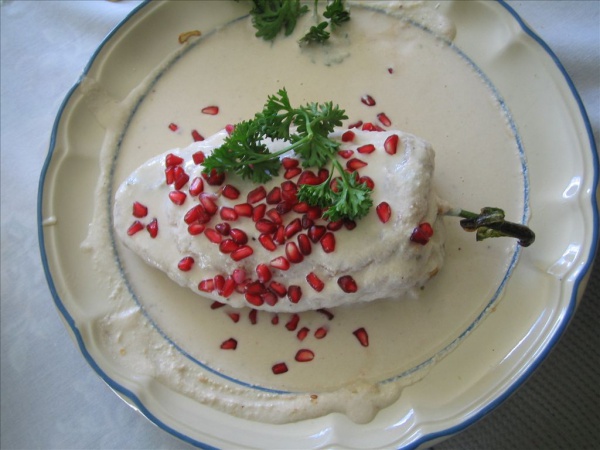Facts About Mexican cuisine
Mexican cuisine boasts a vibrant history spanning over 9,000 years, beginning with ancient agricultural societies like the Maya. The cuisine was further enriched by the diverse Aztec Empire, which introduced staples such as corn, beans, and chili peppers. The arrival of the Spanish colonizers brought with it European foods like meats, dairy, and rice, adding new layers to the culinary traditions. Over the years, influences from Asia and Africa have also left their mark, resulting in a diverse and rich culinary landscape that varies by region.
Central to Mexican cuisine are indigenous ingredients like corn, chile peppers, tomatoes, and squash, enhanced by European contributions such as pork, chicken, beef, and cheese. Tropical fruits, edible insects, and unique dishes like mole and tamales also play significant roles. Corn and chili peppers are fundamental, and sauces are crucial in defining many dishes.
The history of Mexican cuisine is a tapestry woven from indigenous, Spanish, and other global influences. Corn-based dishes have been a staple since pre-Hispanic times, and the introduction of European ingredients post-conquest brought new flavors and techniques. The cuisine continued to evolve with influences from immigrant groups like the French, Lebanese, Chinese, and Italian. Today, Mexican cuisine continues to evolve, with Mexican fusion dishes gaining popularity worldwide.
Mexican beverages are as diverse as the food. Corn-based drinks like atole and fermented beverages like tejuino are popular. Traditional drinks such as horchata, aguas frescas, and chocolate-based beverages are also beloved. Regarding alcohol, Mexico is renowned for tequila, mezcal, and pulque.
Different regions in Mexico boast their own unique culinary traditions. Chiapas, Oaxaca, Veracruz, Western Mexico, Yucatán, and Mexico City each feature distinct flavors and dishes based on local ingredients and cultural influences. Street food is a significant part of the Mexican food scene, with tacos, tortas, and tamales being favorites.
Mexican cuisine has also made a notable impact outside of Mexico. In the United States, Tex-Mex cuisine is widely popular. Authentic Mexican cuisine is increasingly gaining recognition in other countries, with a growing demand for traditional flavors. Fine dining restaurants in Europe and the US are embracing authentic Mexican flavors and traditional cooking methods, bringing a taste of Mexico to a global audience.

 United States
United States